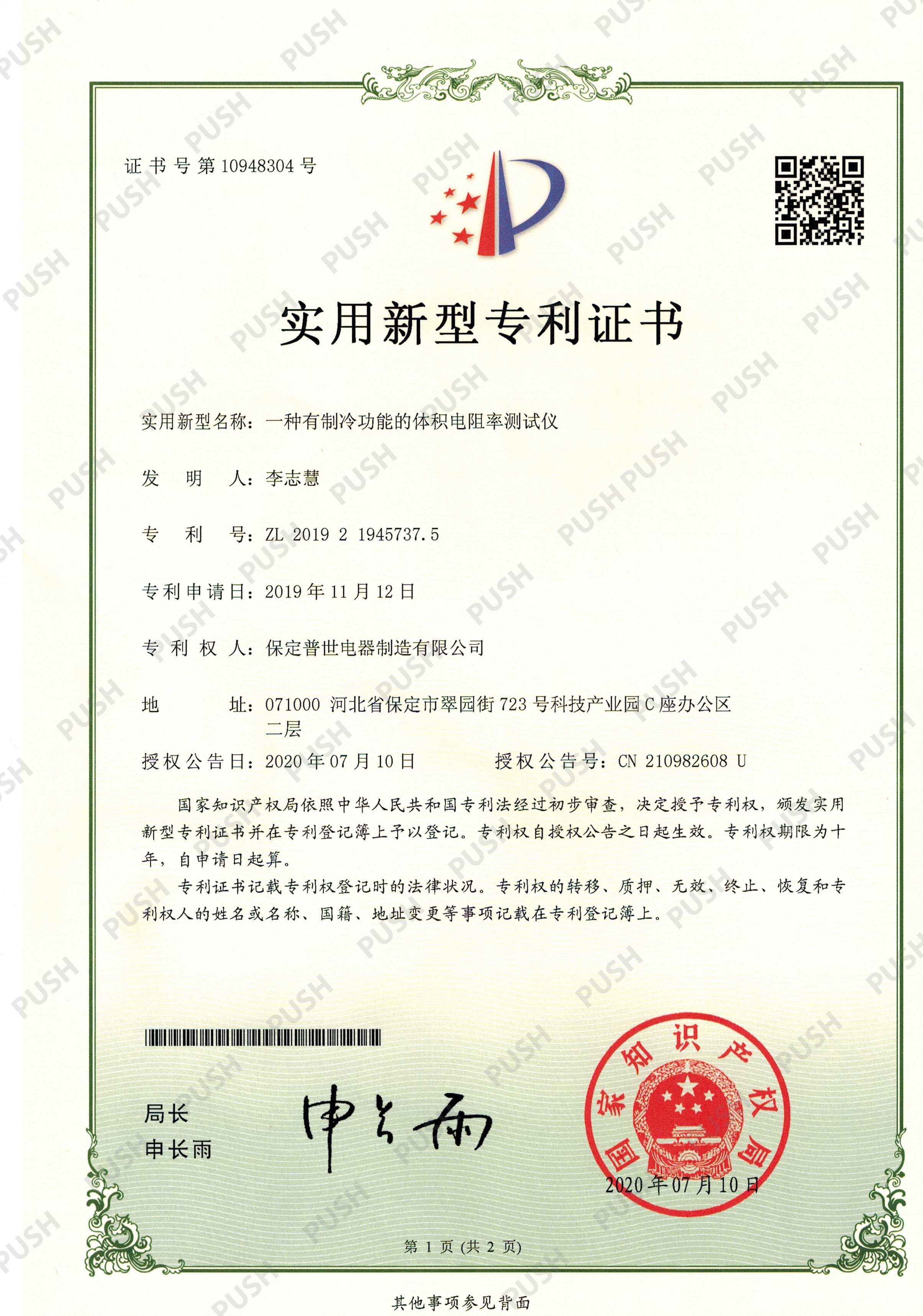 English
English


Excitation Test of Transformer - Understanding Performance and Efficiency
Excitation Test of Transformer An Overview
The excitation test of a transformer is a vital diagnostic procedure used to assess its performance and operational integrity. This test primarily determines the transformer's magnetizing characteristics, including its capability to produce the necessary magnetic field when subjected to voltage. Understanding and executing accurate excitation tests can help in diagnosing issues related to transformer efficiency, losses, and overall reliability.
Excitation Test of Transformer An Overview
One primary objective of the excitation test is to acquire the magnetization curve, also known as the excitation curve, which plots the magnetizing current against the applied voltage. This curve provides insights into the transformer's behavior under various voltage conditions and is crucial for understanding its operating point. It can also highlight any non-linearities in the transformer's response, indicative of potential saturation, core losses, or other anomalies.
excitation test of transformer

During the excitation test, several observations can be made to evaluate the transformer's condition. These include assessing the no-load current, which is the current drawn by the transformer when the secondary side is open. The no-load loss, primarily due to iron losses, can also be calculated. By analyzing these values, engineers can determine the efficiency of the transformer and forecast its performance under typical operating conditions.
Another important aspect of the excitation test is its role in identifying insulation integrity. Any insulation breakdown can lead to significant operational issues and may even result in catastrophic failures. By analyzing the test results, engineers can pinpoint weaknesses in insulation and implement necessary maintenance or upgrades.
In practice, the excitation test requires adequate safety precautions. Voltage levels employed during testing can be high, necessitating protocols to protect both personnel and equipment. Additionally, accurate calibration of measurement instruments is essential to ensure reliable results.
In conclusion, the excitation test of a transformer is an indispensable procedure in the field of electrical engineering. It not only aids in ensuring the operational efficiency and reliability of transformers but also contributes significantly to preventive maintenance programs. By understanding the magnetizing characteristics and behavior of transformers, engineers can enhance the lifespan, efficiency, and safety of power systems. As power systems evolve and demand increases, the importance of thorough testing methods like the excitation test becomes ever more critical in maintaining the integrity of electrical infrastructure.
-
Differences between open cup flash point tester and closed cup flash point testerNewsOct.31,2024
-
The Reliable Load Tap ChangerNewsOct.23,2024
-
The Essential Guide to Hipot TestersNewsOct.23,2024
-
The Digital Insulation TesterNewsOct.23,2024
-
The Best Earth Loop Impedance Tester for SaleNewsOct.23,2024
-
Tan Delta Tester--The Essential Tool for Electrical Insulation TestingNewsOct.23,2024





